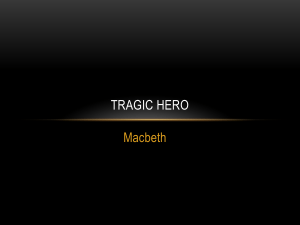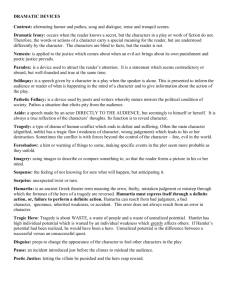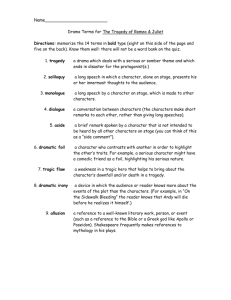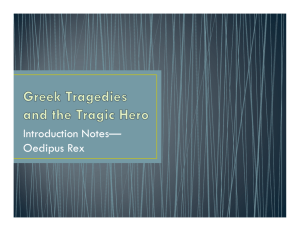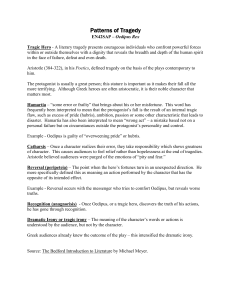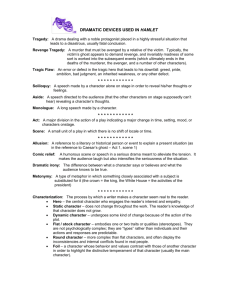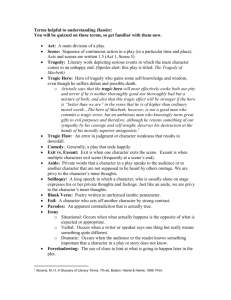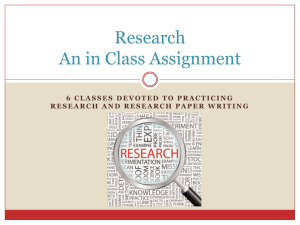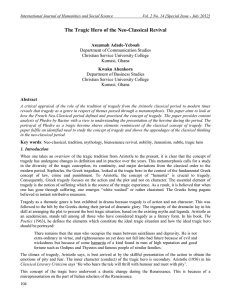The tragedy of hamlet: prince of denmark
advertisement
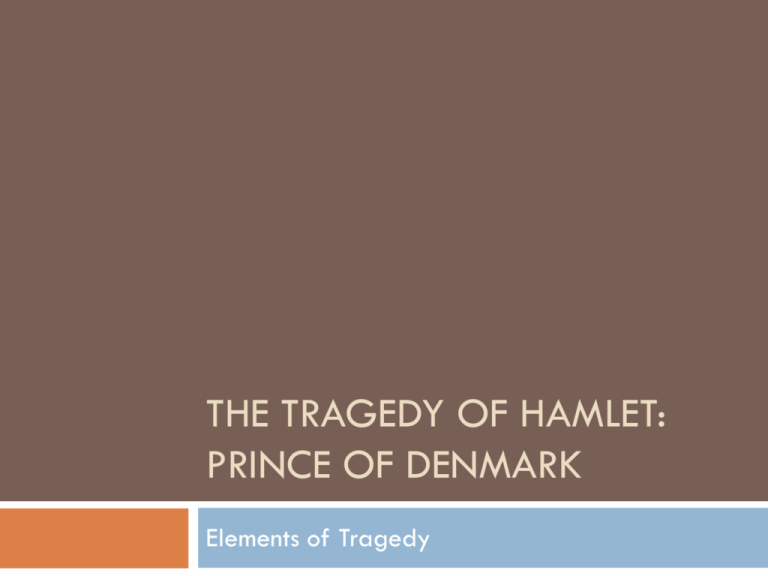
THE TRAGEDY OF HAMLET: PRINCE OF DENMARK Elements of Tragedy Foundations of Tragedy Aristotle’s Poetics lays out the framework of tragedy as the Greeks conceived of it. William Shakespeare certainly would have had knowledge of this structure and used it as a framework for all of his tragedies There are some important elements which must exist to make a play a tragedy. Elements of Tragedy Downfall of a noble hero or heroine. The tragic hero must be someone of great importance – not a common person. Hamartia – “he/she missed the mark” Liminality – Tragedies always occur in a time or context in which great change is happening. Hero need not die, but must experience some change in fortune. In Shakespeare, death for the tragic hero/heroine always occurs, along with the usually gruesome deaths of many others. Hamartia Often simply translated as “tragic flaw,” this element is one of the most controversial. Some argue that thinking of the hero as flawed makes them less noble, less capable of serving as heroes whose stories inspire pity and fear in the audience, which is the aim of tragedy. This is what is meant by catharsis, and is understood to be cleansing, purging, for the audience. We are cleansed of our excess passions, ideally, when we watch a tragedy. He/she missed the mark, the fuller translation, suggests that the hero has noble ends, but that something in the environment makes these ends impossible. Liminality Liminality – from the Latin limen, meaning “threshold,” is a psychological, neurological, or metaphysical subjective state, conscious or unconscious, of being on the threshold between two different planes. It can be applied to variety of concrete problems of transformation in the historical, political, or social world. Simply put, it refers to a state of being between two realities. Think of ‘limbo,’ a place between heaven and hell. “He/she missed the mark” Let’s think of an archer in a windstorm. The archer is the tragic hero, the windstorm is the condition of liminality (the winds of change are blowing), and when the hero/heroine takes aim and shoots at his/her mark, the arrow is blown off course with tragic consequences. Indeed, hamartia comes from the Greek hamartanein, a term that describes an archer missing the target. Romeo and Juliet Let’s think about this tragedy. Who are the tragic hero and heroine? What is their flaw? Do we really believe it’s a flaw to love someone just because our parents do not approve? What is the virtuous end Romeo and Juliet are aiming for? What is the liminal context they find themselves in? Hamlet Hamlet is typically accused of having the tragic flaw of hesitation. Let’s set the stage: He has returned from college to find his father, the King of Denmark, dead. His mother is marrying his uncle, the King’s brother, less than two months after the King’s death. There is a war brewing. Hamlet is driven by the desire to avenge his father.

